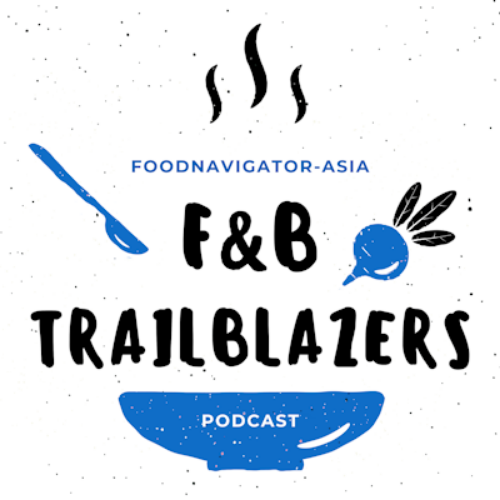Yersinia sickens more than 100 in New Zealand

The Ministry for Primary Industries (MPI) said there has been an increase in cases in Christchuch, Wellngton and Auckland, and also from the Bay of Plenty, Waikato, Hawkes Bay and Otago/Southland.
There is a total of 101 confirmed cases and 41 presumptive (suspected but yet to confirmed) and 38 people have been hospitalised.
An increase has been seen since mid-August with the majority of confirmed cases in September.
Previous link to vegetables and fruit
The Ministry of Health said that outbreaks from this pathogen are not common, and have been previously associated with the consumption of fresh vegetable produce.
Outbreaks overseas have been linked to contaminated fresh vegetables and fruit, contaminated water and animal contact.
Local media reported the source as pre-packaged carrots and lettuce but MPI said it is working to determine the source of the outbreak.
“We believe there is a credible link that food is the likely source, but it is too early to be certain about the source of this pathogen and direct people away from foods that have no proven risk for consumers,” said the agency.
“The people who have become ill with Yersenia have been interviewed on what foods they have been eating and this information has been cross-referenced, giving us sources to investigate further.
“It is important to note that MPI’s investigation is over a range of foods.”
Campylobacter reduction
Meanwhile, changes to poultry processing regulations have stopped rising levels of Campylobacter in New Zealand, according to the Ministry of Primary Industries (MPI).
Gail Duncan said rates of Campylobacter were up to three times higher than other countries in 2006, during a presentation at the NZ Population Health Congress in Auckland.
The New Zealand Food Safety Authority (NZFSA) started a regulatory compliance programme to make industry more accountable and reduce instances of the illness.
An analysis of poultry processing by the industry identified areas for improvement such as the way chickens were being transported to the processing plants.
Often their crates weren’t cleaned between trips, which created unclean environments, contributing to cross-contamination among the chickens.
“Other changes the industry made included upgrading the equipment to make processing more efficient and hygienic, and conducting a complete overhaul of all practices to make sure each step was being conducted in the safest way possible,” said Duncan.
In 2007 and 2008 there was a 58% reduction in cases of Campylobacter which continues to be maintained, she said.
“My research has shown that as a result of the high level of cooperation between the industry and the regulator to implement these changes there has been a very significant improvement in the prevention of this disease.”











